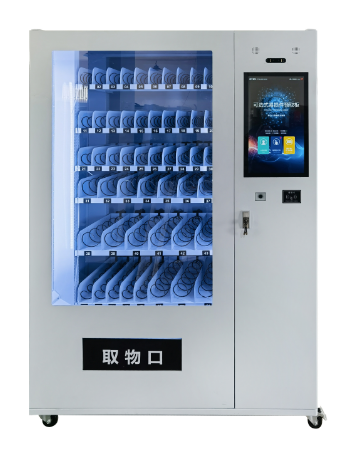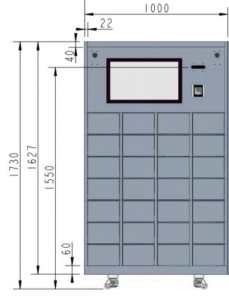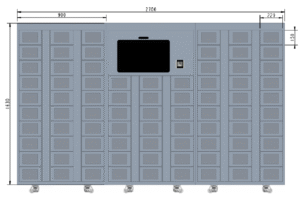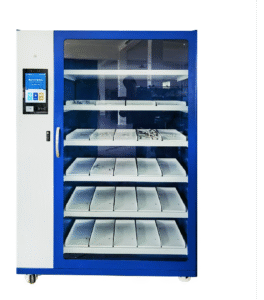Rotary Lane Material Cabinet is an innovative material storage and management solution developed by HYVODA for scenarios requiring “high-density storage of small-batch, multi-category materials” and “precision control of material retrieval quantities”. It integrates multi-layer independent rotary lane technology, intelligent identification systems, and centralized background management to achieve “space-efficient storage, automated retrieval positioning, and controllable pick quantities”—addressing pain points of traditional material cabinets such as “low space utilization”, “disordered material placement”, and “uncontrolled over-retrieval”.
This product supports simultaneous operation of multiple rotary lanes and real-time synchronization of material data to a remote management platform. Each lane can be independently configured for material types (e.g., screws, electronic components, small parts), and it automatically records retrieval/return data (operator, time, quantity). It is an ideal choice for electronics manufacturing, automotive parts workshops, pharmaceutical distribution, and logistics warehouses to optimize material storage layout, reduce manual errors, and improve material turnover efficiency.





